Do you know that fire risk assessments should not be a one time task but require periodic reviews to guarantee ongoing safety?
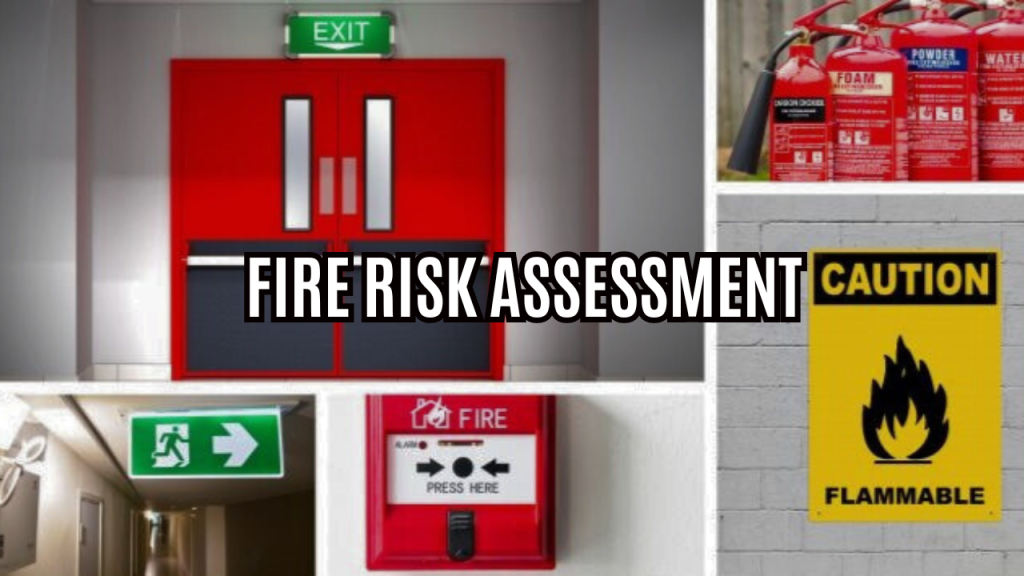
Understanding the appropriate intervals for reassessment is key to maintaining a secure environment and complying with fire safety standards.
By exploring the best frequency for reviewing your fire risk assessment, you can proactively safeguard your property and its occupants.
Stay tuned to discover the essential considerations for determining the right review schedule and the potential risks associated with neglecting this important aspect of fire safety management.
Review Frequency Essentials
To guarantee the effectiveness of your fire risk assessment, reviewing it regularly is essential. By conducting frequent reviews, you make sure that your assessment remains current and aligned with any changes in your building or its use. The Regulatory Reform (Fire Safety) Order 2005 requires assessments for non-domestic and some domestic properties, emphasizing the importance of staying up to date.
Significant changes in your premises, activities, use, or occupancy should trigger a review of your fire risk assessment. Any structural modifications or extensions also necessitate an updated assessment to accurately reflect the current fire risks present. These reviews are crucial to maintaining the validity and reliability of your assessment over time.
Influencing Factors
Factors influencing the frequency of fire risk assessment reviews include the size and complexity of the building, the vulnerability of occupants, and the type of activities conducted within the premises. These factors play a vital role in determining how often assessments should be revisited:
- Building Characteristics: The size and intricacy of the building can impact the frequency of reviews due to the varying levels of fire risk associated with different structures.
- Occupant Vulnerability: The number of occupants and their vulnerability, such as the presence of children, elderly individuals, or individuals with disabilities, may necessitate more frequent assessments to ensure their safety.
- Activities Conducted: The nature of activities carried out within the building, whether they involve high heat production or hazardous materials, can influence the need for more regular reviews to mitigate potential fire risks effectively.
- Legislative Changes: Changes in fire safety legislation can mandate more frequent assessments to guarantee compliance with updated regulations and standards.
Potential Consequences
Considering the factors that influence fire risk assessment frequency, it becomes imperative to understand the potential consequences of infrequent reviews.
Outdated assessments resulting from infrequent reviews can lead to inadequate fire safety measures, jeopardizing the safety of occupants. Legal non-compliance may occur due to failure to keep assessments up to date, resulting in potential penalties.
Additionally, the risk of fire-related injuries or fatalities increases when assessments aren’t regularly reviewed and updated. Insurance claims could be affected by outdated risk assessments, potentially leading to financial repercussions.
Businesses or organizations with outdated assessments may suffer reputation damage, impacting trust and credibility.
The potential consequences of infrequent fire risk assessment reviews are significant and emphasize the critical importance of regular reviews to maintain effective fire safety measures and ensure compliance with regulations.
Benefits of Regularity
Regularly reviewing fire risk assessments guarantees the early identification of fire hazards and risks. Here are four benefits of maintaining this regularity:
- Enhanced Safety:
By regularly reviewing assessments, you secure that fire safety measures remain effective and appropriate, leading to an overall safer environment for occupants and visitors. - Legal Compliance:
Regular reviews help in securing compliance with legal requirements and regulations, reducing the risk of legal consequences due to outdated assessments. - Improved Preparedness:
Regular assessments contribute to improved emergency preparedness and response, enabling a swift and effective reaction in case of a fire incident. - Risk Reduction:
Early identification of fire hazards and risks through regular reviews allows for timely implementation of control measures, reducing the likelihood of fire-related injuries or fatalities.
Maintaining a consistent schedule for reviewing fire risk assessments is essential for safeguarding both lives and property from the devastating effects of fires.
Professional Involvement
To guarantee the thoroughness and compliance of fire risk assessments, consider involving qualified fire safety professionals for their expertise in identifying hazards and recommending necessary controls. Fire safety professionals bring specialized knowledge that guarantees assessments are all-inclusive and aligned with regulations. Their input can enhance the quality and accuracy of assessments, ultimately leading to improved fire safety measures.
Regular training and certification updates for these professionals are essential to staying current with the latest fire safety practices. By collaborating with experts in the field, you can have confidence in the effectiveness of your fire risk assessments and the safety of occupants in your building. Remember, the goal isn’t just to meet the basic requirements but to aim for excellence in fire safety practices.
Trusting professionals to assist in your assessments can make a significant difference in creating a secure environment for all.
Obtaining Assessments
When seeking fire risk assessments, consult with qualified professionals to guarantee thorough and compliant evaluations.
- Ensure Expertise: Confirm the assessors have specialized knowledge in fire safety regulations and practices.
- Verify Credentials: Authenticate the qualifications and certifications of the professionals conducting the assessment.
- Prioritize Experience: Give importance to experienced assessors who’ve a track record of thorough and accurate evaluations.
- Request Sample Reports: Ask for sample assessment reports to assess the depth and quality of the information provided.
Frequently Asked Questions
What Are the Common Challenges Faced When Conducting a Fire Risk Assessment Review?
When conducting a fire risk assessment review, you may encounter challenges like outdated information, overlooking critical changes, or inadequate record-keeping. Stay vigilant for these issues to make certain the assessment accurately reflects current risks.
How Can Technology Be Utilized to Streamline the Process of Reviewing Fire Risk Assessments?
Streamlining fire risk assessment reviews with technology is like having a skilled assistant; it enhances efficiency, guarantees accuracy, and tracks changes effortlessly. Embrace digital tools for swift, precise evaluations and seamless compliance maintenance.
Are There Any Industry-Specific Guidelines or Best Practices for Determining the Frequency of Fire Risk Assessment Reviews?
For determining the frequency of fire risk assessment reviews, industry-specific guidelines and best practices exist. Regular evaluations guarantee compliance, with high-risk environments possibly needing quarterly assessments. Factors like building size and activities conducted influence review intervals.
What Are the Key Differences Between a Routine Review and a Comprehensive Update of a Fire Risk Assessment?
When comparing a routine review to a thorough update of a fire risk assessment, one key difference lies in the depth of analysis. A routine review may focus on existing measures, while a thorough update involves reevaluating risks and implementing new strategies.
How Can Organizations Ensure That Their Fire Risk Assessment Reviews Are Not Only Compliant but Also Proactive in Identifying Potential Risks?
Guarantee fire risk assessment reviews by consistently updating, staying compliant, and proactively identifying risks. Conduct reviews post significant changes. Engage fire safety professionals for expert input. Preserve accurate records for legal adherence and enhanced safety measures.
Conclusion
So, now you know the importance of reviewing your fire risk assessment regularly to keep your building and occupants safe.
Don’t let time slip away like sand through the hourglass – make sure to stay on top of your assessments and take proactive measures to prevent potential hazards.
By staying informed and taking action, you can guarantee a safer environment for everyone.
Remember, better safe than sorry!
Contact us Now



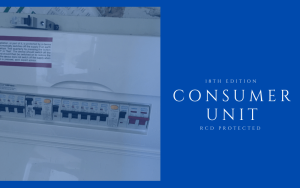


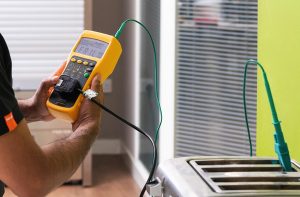
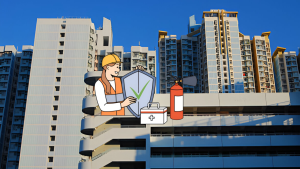
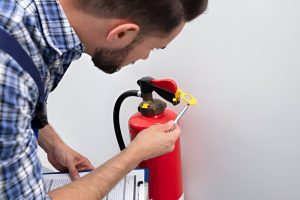
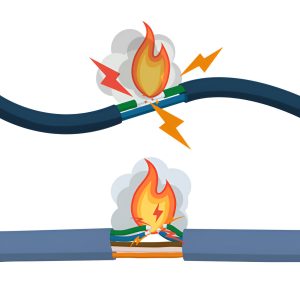

1 thought on “How Often Should a Fire Risk Assessment Be Reviewed”
Wow, wonderful blog layout! How long have you been blogging for? you make blogging look easy. The overall look of your site is great, as well as the content!